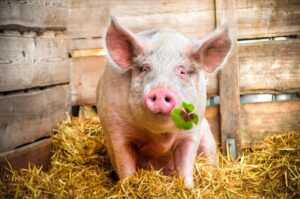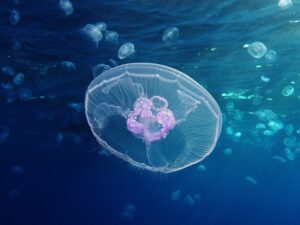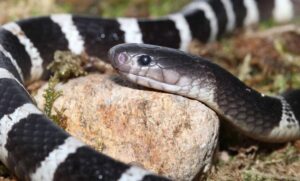Nature holds countless wonders, including many animals that look like they’ve stepped out of a fairy tale. If you’re curious, join KnowAllAnimals to explore the Top 8 Most Unusual Animals in the World You Won’t Believe Exist in the following article!
1. Top 8 Most Unusual Animals in the World You Won’t Believe Exist
Discover the planet’s most bizarre animals, each possessing unique traits and adaptive abilities that will leave you in awe. Specifically:
1.1. Dhole (Asiatic Wild Dog)
- Kingdom: Animalia
- Phylum: Chordata
- Class: Mammalia
- Order: Carnivora
- Suborder: Caniformia
- Family: Canidae
- Subfamily: Caninae
- Tribe: Canini
- Genus: Cuon Hodgson, 1838
- Species: C. alpinus
The dhole is a unique wild dog species found in South and Southeast Asia. Dholes are one of the most highly organized pack animals. They live in large packs and split into smaller groups when hunting, so they never “act” alone to achieve maximum strength.
They typically chase their prey to exhaustion, then take it down and devour it. With their pack’s collective strength, these dholes are not only a danger to humans but also to much larger prey like bears, water buffalo, or even fierce tigers.
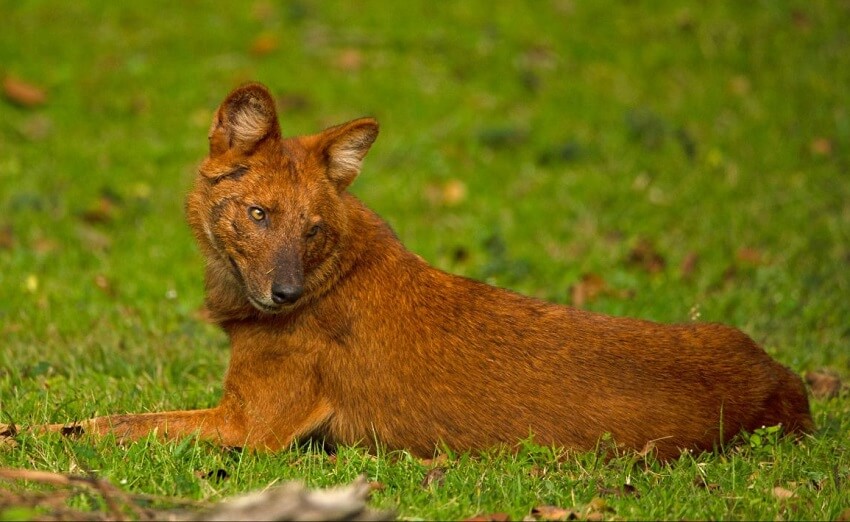
1.2. Babirusa
- Kingdom: Animalia
- Phylum: Chordata
- Class: Mammalia
- Order: Artiodactyla
- Family: Suidae
- Subfamily: Babyrousinae Thenius, 1970
- Genus: Babyrousa Perry, 1811
Babirusa, which means “deer-pig” in the local language, is a species of wild pig found on some islands in Indonesia. If these babirusas don’t grind down their tusks, they will naturally grow so long that they eventually pierce their own skulls.
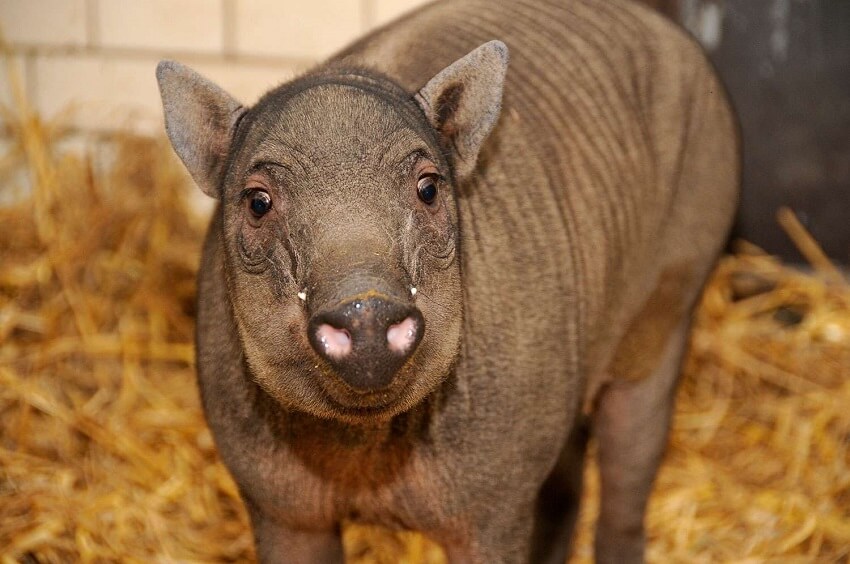
1.3. Pink Fairy Armadillo
- Kingdom: Animalia
- Phylum: Chordata
- Class: Mammalia
- Order: Cingulata
- Family: Chlamyphoridae
- Subfamily: Chlamyphorinae
- Genus: Chlamyphorus Harlan, 1825
- Species: C. truncatus
This “special version” of the armadillo wears a pink coat and is only 8-11 cm long (including the tail). They have the ability to bury themselves underground in just a few seconds if they feel scared. The Pink Fairy Armadillo is a nocturnal animal that digs small holes around ant nests.
They primarily feed on ants and their eggs that fall into these holes. With their claws, they can “swim” through the soil like a torpedo, with armor on their head and back.
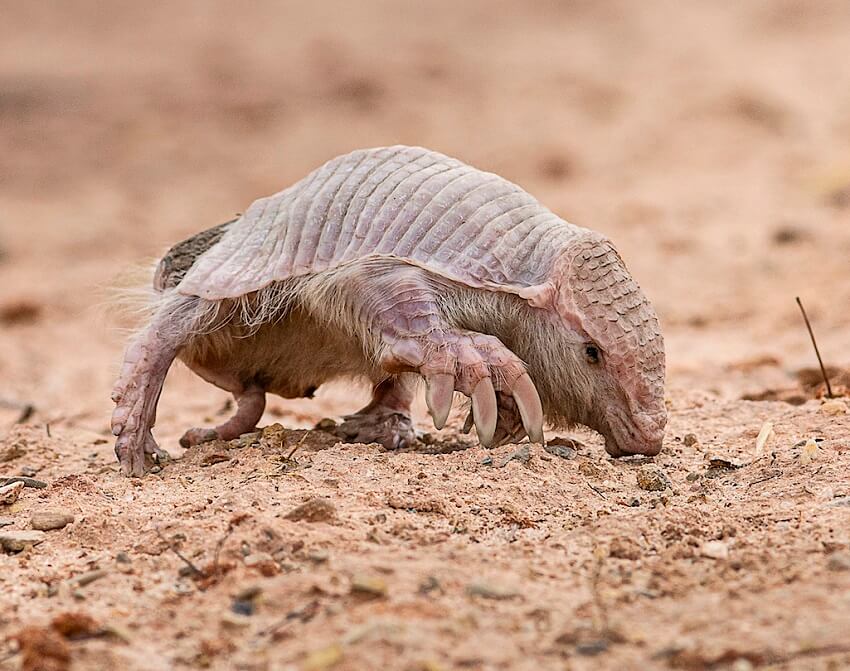
1.4. Fossa
- Kingdom: Animalia
- Phylum: Chordata
- Class: Mammalia
- Order: Carnivora
- Suborder: Feliformia
- Family: Eupleridae
- Genus: Cryptoprocta
- Species: C. ferox
The fossa is a carnivorous animal endemic to Madagascar. The fossa is the largest carnivorous mammal in Madagascar and is often compared to a small American puma.
They have sharp claws and flexible ankle joints that allow them to climb trees with ease and even leap from one tree to another.
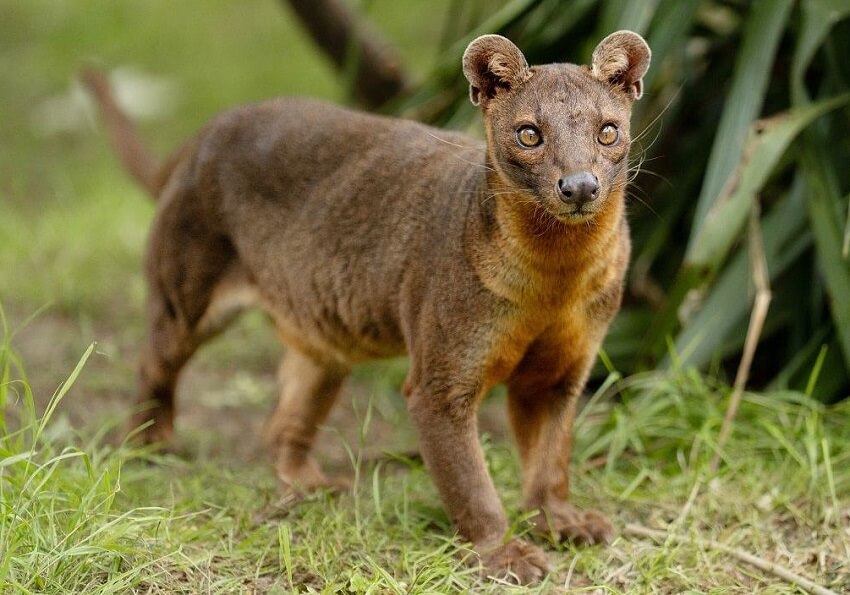
1.5. Naked Mole-Rat
- Kingdom: Animalia
- Phylum: Chordata
- Class: Mammalia
- Order: Rodentia
- Parvorder: Phiomorpha
- Family: Heterocephalidae Landry, 1957
- Genus: Heterocephalus Rüppell, 1842
- Species: H. glaber
This animal has many important attributes for humans. Firstly, the naked mole-rat is immune to cancer. Its lifespan can reach up to 28 years—this is truly incredible for a mammal. Furthermore, it doesn’t show much aging during its 28-year lifespan. Young, healthy, and resilient all day long are the exceptional traits of this amazing animal.
Naked mole-rats are often used by humans for research into cancer-curing drugs and aging studies. More than just a bizarre-looking animal, the naked mole-rat plays a crucial role for humans.
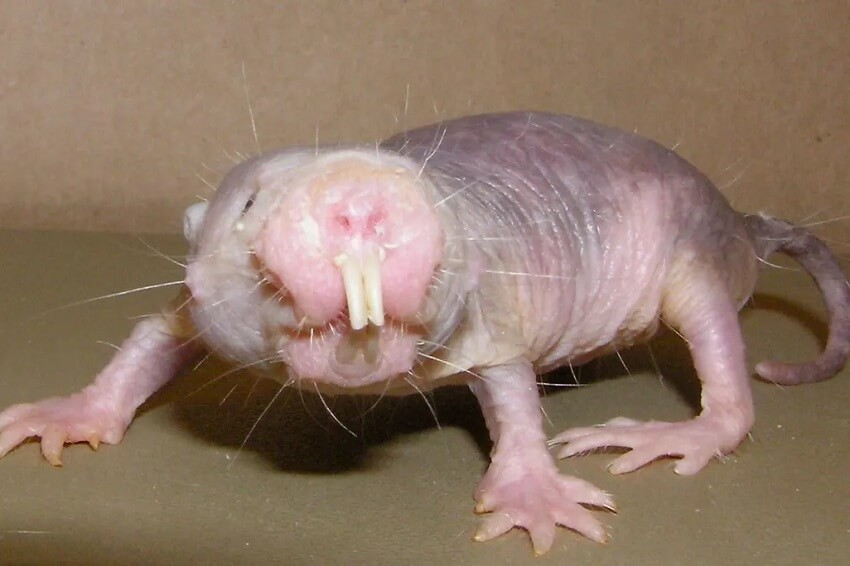
1.6. Markhor
- Kingdom: Animalia
- Phylum: Chordata
- Class: Mammalia
- Order: Artiodactyla
- Family: Bovidae
- Subfamily: Caprinae
- Tribe: Caprini
- Genus: Capra
- Species: C. falconeri
The Markhor (Capra falconeri) is a large wild goat species found in northeastern Afghanistan, Gilgit-Baltistan, the Hunza-Nagar Valley, northern and central Pakistan, the disputed territory of Kashmir, southern Tajikistan, and southern Uzbekistan. The Markhor is the national animal of Pakistan.
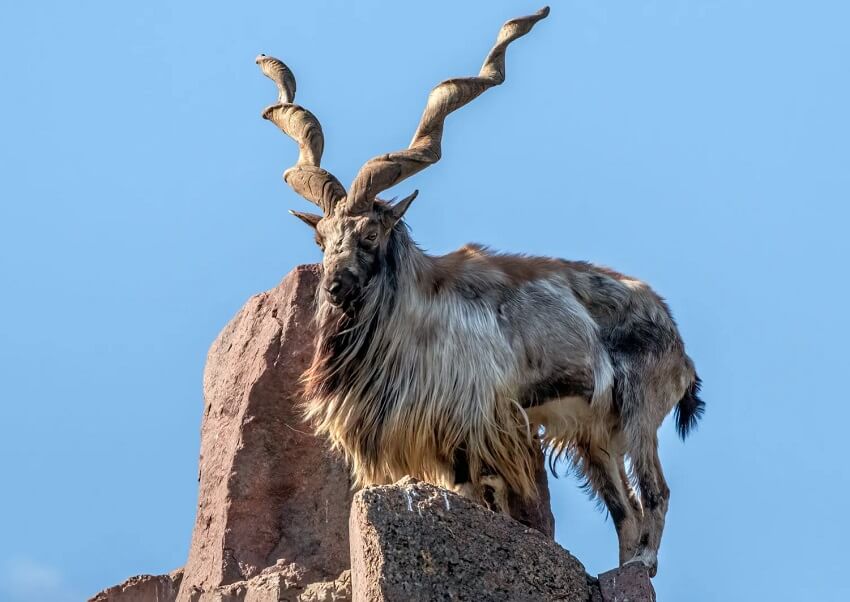
1.7. Yeti Crab
- Kingdom: Animalia
- Phylum: Arthropoda
- Class: Malacostraca
- Order: Decapoda
- Suborder: Pleocyemata
- Infraorder: Anomura
- Superfamily: Chirostyloidea
- Family: Kiwaidae Macpherson, Jones & Segonzac, 2006
- Genus: Kiwa Macpherson, Jones & Segonzac, 2006
The yeti crab was discovered in the southeastern Pacific in March 2005. Its Latin name is Kiwa hirsuta, from Kiwa, the goddess of crustaceans in Polynesian mythology on Easter Island. However, scientists call it the “yeti crab” or “squat lobster.” It was identified as a species of decapods (five pairs of legs) belonging to the family Anomura… However, this animal is distinguished by its lack of eyes. “The entire surface of the legs is covered in bizarrely long hairs.”
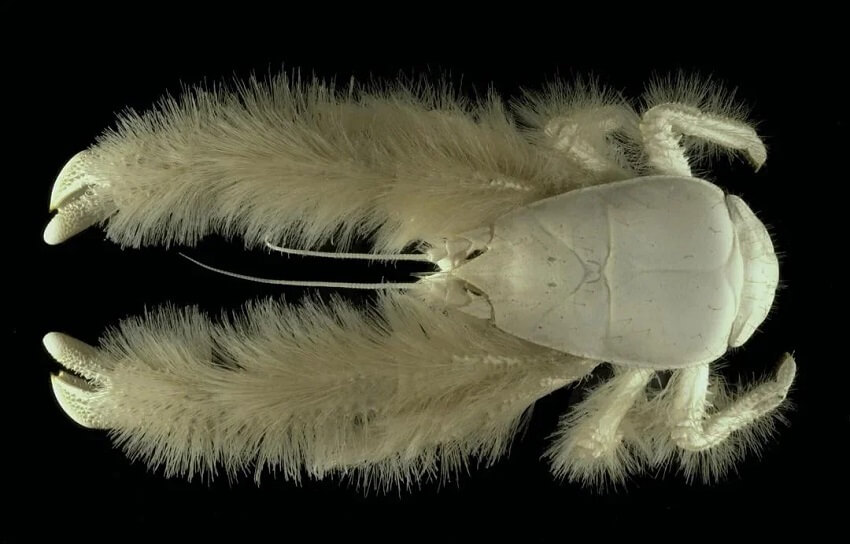
1.8. Tonkin Snub-Nosed Monkey
- Kingdom: Animalia
- Phylum: Chordata
- Class: Mammalia
- Order: Primates
- Suborder: Haplorhini
- Infraorder: Simiiformes
- Family: Cercopithecidae
- Genus: Rhinopithecus
- Species: R. avunculus
The Tonkin snub-nosed monkey (Rhinopithecus avunculus) is one of the 25 most endangered primate species globally and is endemic to Asia. The Tonkin snub-nosed monkey has brownish-black fur. The fur on its head and around its face is pale white. It does not have a hair crest on top of its head.
The habitat of the Tonkin snub-nosed monkey is more diverse than that of other langur species. They are often found in high-altitude areas on earthen mountains and valleys rather than rocky mountain forests, in foothills with mixed forests of trees and bamboo.
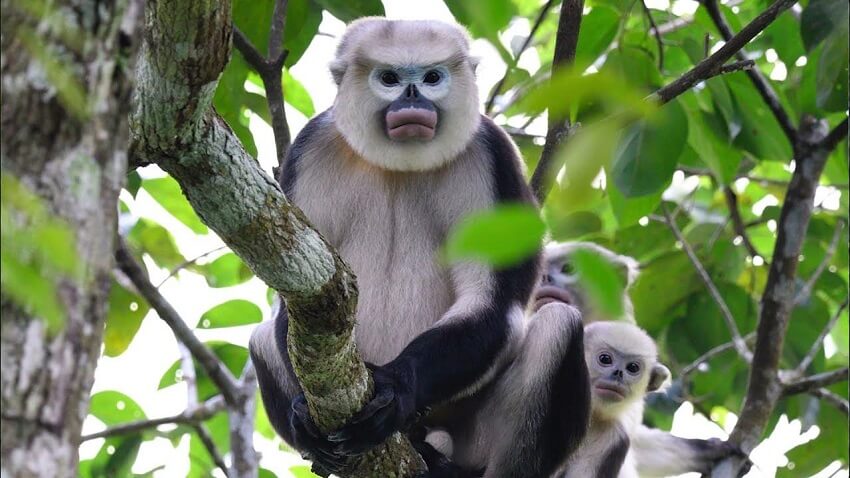
2. FAQs
1. Where do the world’s most unusual animals live?
Most unusual animals typically live in specific environments such as rainforests, deserts, deep seas, or remote islands.
2. Are any unusual animals in danger of extinction?
Yes, many species like the Axolotl and the red-lipped batfish are threatened by habitat loss and human impact.
3. What characteristics make a species “unusual”?
An unusual body shape, rare colors, unique behavior, or distinctive survival abilities can all make a species seem strange.
4. Can these unusual animals be kept as pets?
Mostly no, as they require specific habitats and are protected by law in many countries.
The animal kingdom is full of endless wonders, and the world’s most unusual animals are proof of nature’s incredible diversity and creativity. Each species carries a unique story, from its shape and color to its living habits. Exploring and learning about them not only expands our knowledge but also reminds us of the importance of conservation, so these amazing creatures can continue to exist and inspire future generations.
Thank you for reading the article “Top 8 Most Unusual Animals in the World You Won’t Believe Exist” by Know All Animals!

